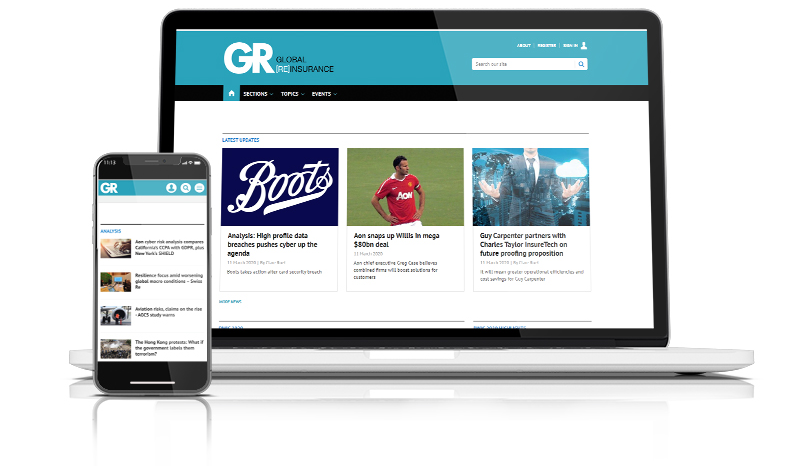AM Best discusses revised stable reinsurance outlook

Rating agency used the third day of the Singapore International Reinsurance Conference (SIRC) to discuss its global reinsurance outlook
If you are already registered, please sign in here
Register now for unlimited access

For continued access to free content on the website please take a few moments to register, or sign in if you have already registered.
- Keep up to date with the latest industry news
- Sign up to enewsletters
- Create a profile and post comments on stories



